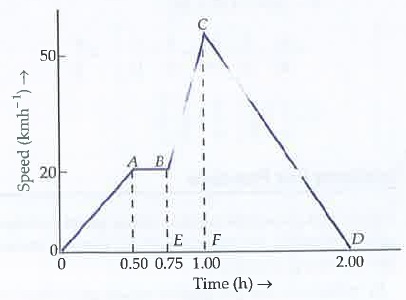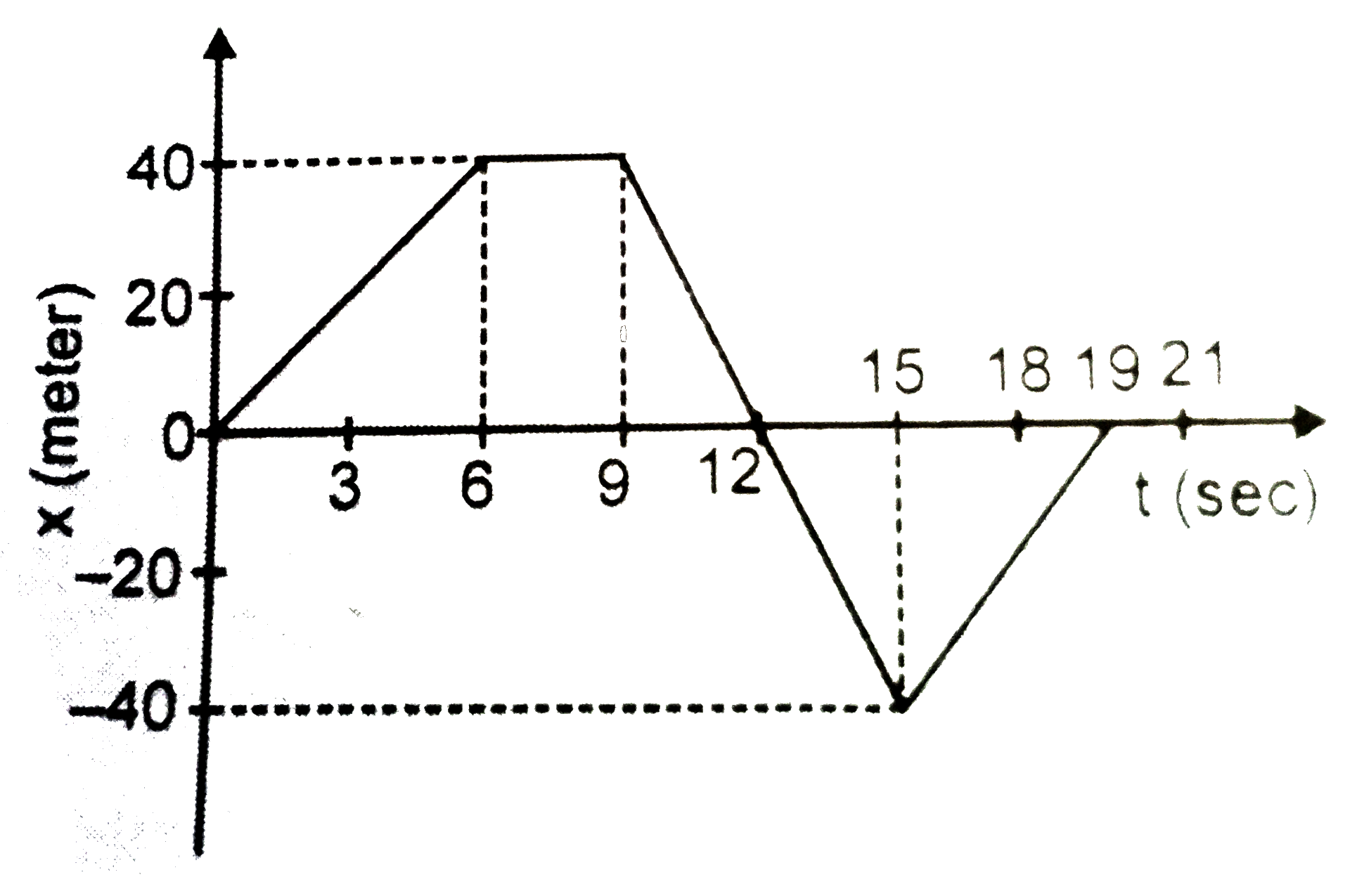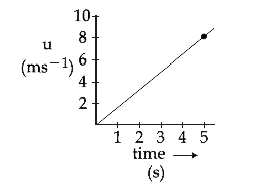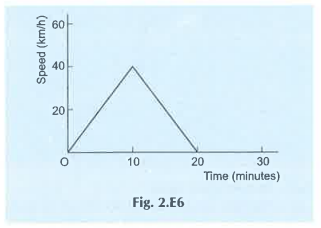A train moves from one station to another in two hours' time. Its speed-time graph during the motionis shown in Fig. 3.59 : calculate the distance covered during the time interval from 0.75 hour to 1 hour.

Step by step video & image solution for A train moves from one station to another in two hours' time. Its speed-time graph during the motionis shown in Fig. 3.59 : calculate the distance covered during the time interval from 0.75 hour to 1 hour. by Physics experts to help you in doubts & scoring excellent marks in Class 11 exams.
Topper's Solved these Questions
Similar Questions
A train moves from one station to another in 2 hours time. Its speed-time graph during this motion is shown in the figure. The maximum acceleration during the journey is
View SolutionA train moves from one station to another in two hours time. Its speed during the motion is shown in the graph Calculate

(i) Maximum acceleration during the journey.
(ii) Distance covered during the time interval from 0.75 hour to 1 hourView Solution
Knowledge Check
- Question 1 - Select One
A train covers 180 km distance in 4 hours. Another train covers the same distance in 1 hour less. What is the difference in the distances covered by these trains in one hour ?
A45 kmB9 kmC40 kmDNone of these - Question 2 - Select One
A steamer goes downstream from one port to another in 4 hours. It covers the same distance upstream in 5 hours. If the speed of stream is 2 km/ hr, the distance between the two ports is
A50 kmB60 kmC70 kmD80 km - Question 3 - Select One
A boy boarded a train on 30th June, 2019 at Madgaon for Nagarcoil. The train departed at 09:45 hours from Madgaon and reached Nagarcoil at 07:15 hours on the next day. If the distance covered by the train during this time interval is 1140 km, the average speed of the train was
A57 km/hB51.5 km/hC53 km/hD54.5 km/h
The speed verses time graph for a particle is shown in the figure. The distance travelled (in m) by the particle during the time interval t = 0 to t = 5 s will be __________
 View Solution
View SolutionFigure 2.E6 shows the speed-time graph of a bus.

What is the distance covered during its deceleration ?View SolutionA boy boarded a train on 4th June, 2020 at Nagarcoil for madgaon. The train departed at 22:30 hours from nagarcoil and reached Madgaon at 04:30 hours on 6th June, 2020. If the distance covered by the train during this time interval is 1145 km, the average sped of the train was nearly
View SolutionThe distance between two stations is 340 km. Two trains start simultaneously from these stations on parallel tracks to cross each other. The speed of one of them is greater than that of the other by 5 km/hr. If the distance between the two trains after 2 hours of their start is 30 km, find the speed of each train.
View SolutionA steamer goes downstream from one port to another in 4 hours. It covers the same distance upstream in 5 hours. If the speed of stream is 2 km/ hr, the distance between the two ports is
View Solution

